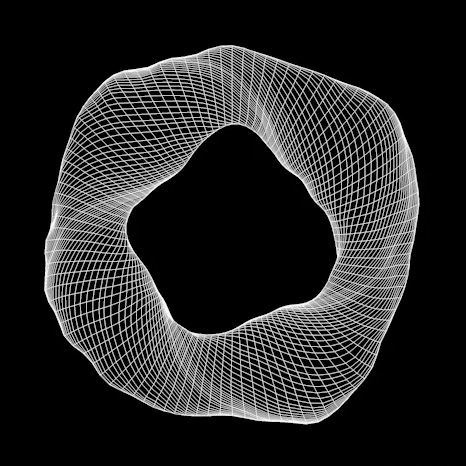Your vocal cords, or vocal folds, are basically two bands of muscle that are inside of your voice box (larynx) which is located in the middle of your neck and connects to the windpipe (trachea). The voice box is a group of cartilages and muscles with a nerve supply which enable movement of the vocal cords. Normally when we are vocalising the vocal cords are moved to the midline. Essentially the two cords move towards each other and touch but will open under pressure allowing a small amount of air to pass. This opening and closing happens many times per second and causes the vibration which generates voiced sound. Voiced sound is not your recognisable voice since at this stage the sound has yet to be amplified and modified through resonance and articulation.
A strong voice or cough relies on bringing the vocal cords together. Unfortunately, some people will develop a condition usually called vocal cord palsy or vocal cord insufficiency. There are various other terms for this condition, including those that describe the degree of interruption of the the nerve impulse to the voice box muscles (laryngeal muscles). So partial interruption is called vocal cord paresis and total interruption is called vocal cord paralysis. Whatever the case, the condition is characterised by the inability of the vocal cords to come together and meet in the midline. The resulting gap means the airflow cannot be properly controlled as a greater volume of air rushes past the vocal cords. This results in a weak and breathy voice which becomes increasingly fatigued with continued use. Also, the vocal cords are one of the important structures that protect against aspiration. So vocal palsy is also associated with swallowing problems.
Once a patient is diagnosed we will try and determine the cause of the vocal cord palsy. Usually the underlying cause interferes with the nerve supply to the muscles of the voice box. Often we cannot identify the cause (idiopathic) and it is presumed to be related to a virus or inflammatory condition. In such cases it is best to wait and monitor the patient since the vocal cords will often return to normal function after extended periods of time, even up to a year.
That said, the causes we do typically encounter include:
The good news is that there is a relatively quick and inexpensive treatment. It is called injection laryngoplasty or, more simply, vocal cord injection or augmentation, and it has been around for some time. The principles and initial results of this procedure were described by Wilhelm Brünings in the 1911 edition of “Zeitschrift für Ohrenheilkunde” (The Journal of Otology). In his article entitled , “About a new treatment method for recurrent laryngeal paralysis” (“Über eine neue Behandlungsmethode der Rekurrenslähmung”) Brünings stated, “The paraffin injection was carried out directly using a long needle screw syringe of a special shape using that specified by the author”. The Brunings Syringe, although updated, is still in use today.
Although paraffin is no longer used the basic approach remains. That is, to plump up the deficient vocal cord by injecting a filler material. The aim is that the mobile vocal cord can meet the treated vocal cord in the midline, closing the gap between the vocal cords and enabling a stronger voice and cough. The injection itself is nowadays very precise since the needle is guided using a nasolaryngoscope to provide realtime imaging. When the needle is correctly located inside the vocal cord the filler is injected.
Injection laryngoplasty was not commonly performed until the 1980s when Teflon was introduced. It then became apparent in the 1990s that Teflon was not the ideal filler for the management of vocal cord palsy. However, over the past 2 decades there have been significant advances. Currently used fillers include:
The material we use most frequently at the clinic is hyaluronic acid. Hyaluronic acid gel is well known in the cosmetics industry as an excellent dermal filler and, as it happens, that is where we get ours from. Restalyn is the brand name of the specific product we use, so we are actually using it off label to treat vocal cord palsy. It is amongst the most popular products because it is entirely inert and non-toxic. Further, studies show that HA gel has a viscoelastic profile that most closely resembles that of the human vocal fold. So, critically, the improvement in voice quality is better than other injectable materials.
We perform this procedure most frequently in an operating theatre, where the patient undergoes a short duration general anaesthetic. A number of patients however can be treated under local anaesthetic in our clinic. Either way the whole process takes less than an hour and the results are usually immediate. It is very rewarding to treat a patient this way, to witness someone who lost the ability to express themselves as they have always been used to, suddenly finding their voice.
If there is a downside it is that hyaluronic acid is not permanent or long lasting. Unlike silicone or other alternatives, hyaluronic acid is a naturally occurring substance and resorption will occur over 4 to 6 months, sofurther treatments may be required. Yet, given its efficacy, safety, ease of use and cost it is where possible the treatment I would favour for vocal cord paralysis. The positive outcomes are noticeable on completion and will oftentimes even surprise the patient.
